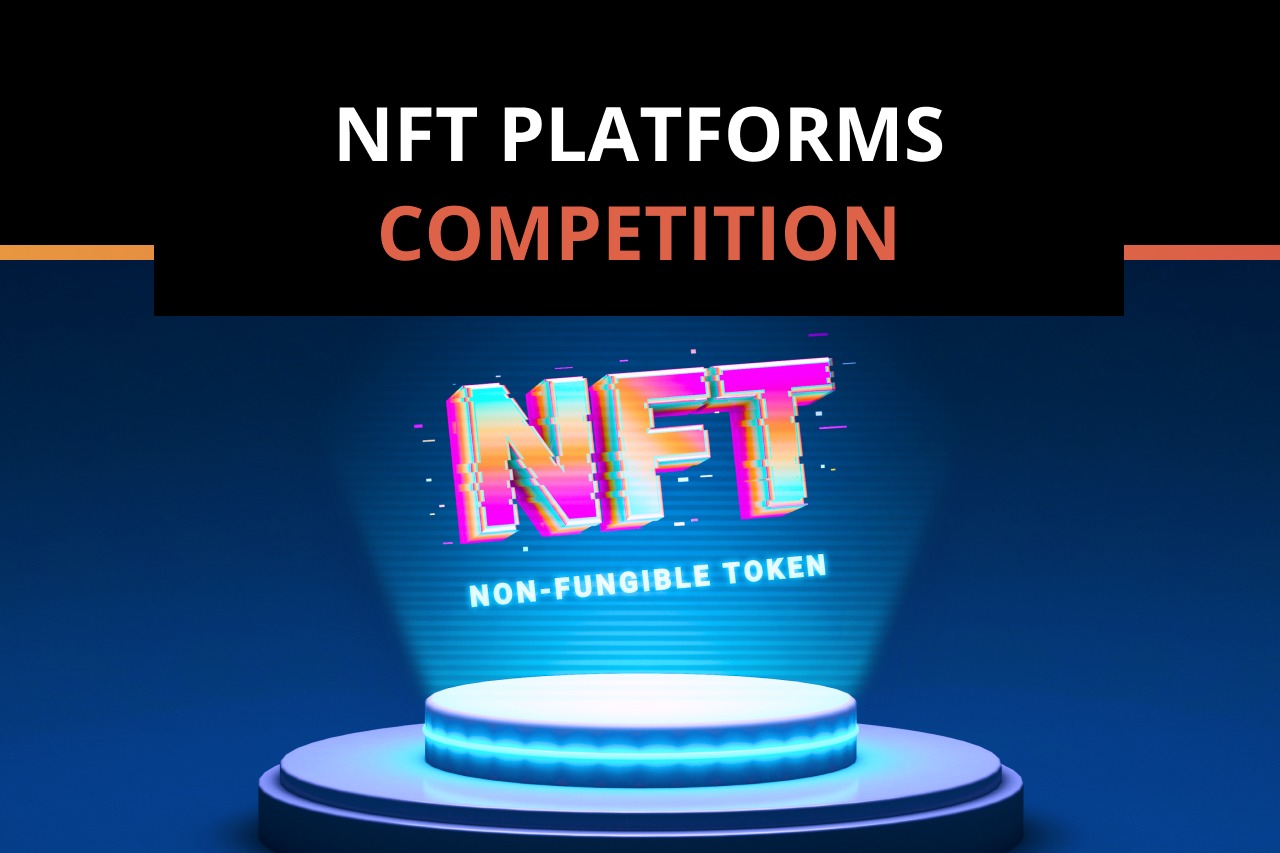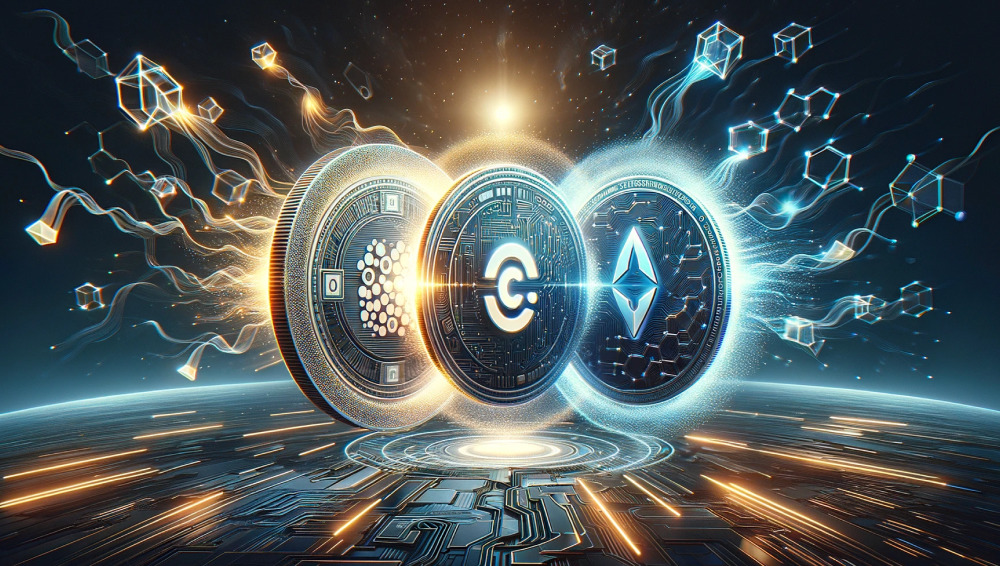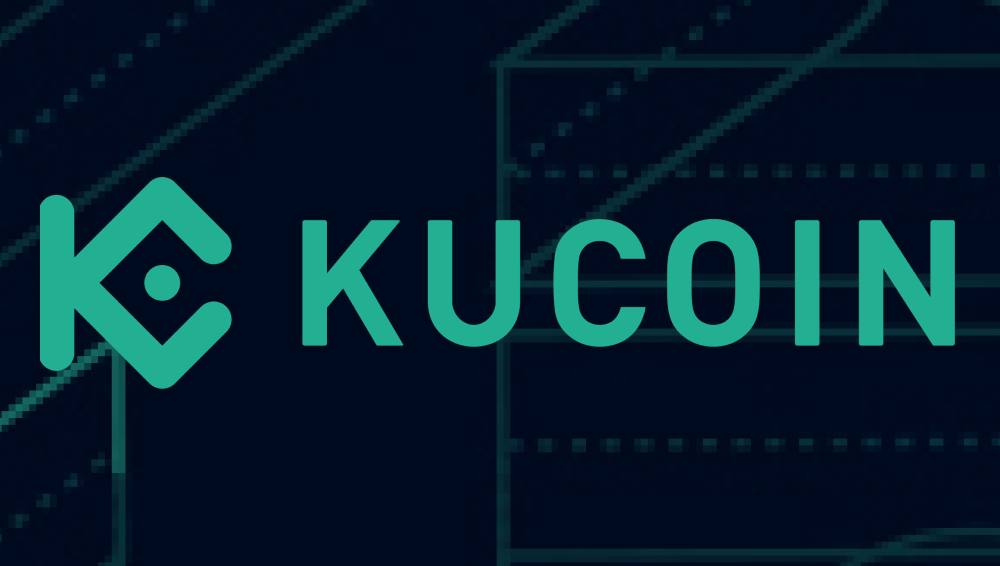Non fungible tokens are new cryptocurrency asset that can really trigger the mainstream adoption as more people will understand their real purpose. Their base blockchain is Ethereum but with higher fees there are different solutions in play. With a possible billion dollar NFT (non-fungible token) drop and a high-powered, multi-project collaboration in the works, the Ethereum ecosystem may finally be ready to compete with NFT-centric blockchain Flow.
ConsenSys, an Ethereum software developer, announced Palm, an environmentally friendly NFT scaling solution. Palm will be a sidechain designed to be “fully connected” to Ethereum, with the following improvements:
- sporting faster settlement times
- lower fees
- light carbon footprint
ConsenSys announced a lineup of ecosystem-building partner powerhouses for Palm, such as NFT social media platform Nifty’s and experimental NFT mining project Meme.
Palm will come out of the gate with significant infrastructure in place from partners Infura, NFT metadata storage via Protocol Labs, and a partnership with decentralized exchange Uniswap.
What is the NFT?
NTF stands for a Non-Fungible Token. It is a single token that is encrypted on the blockchain network. As it is known, bitcoin is a changeable coin, but NFTs cannot be changed. The most crucial feature of NFT is that it is a unique and proprietary asset. In the simplest terms. Tokens are different from regular coins because they are produced in different values and originality that cannot be interchanged.
The battle between the NFT platforms will ultimately be fought over the intellectual property’s quality and the licensing they can attract.
In the meantime, Flow has been one of the driving forces behind NFTs entering mainstream knowledge, primarily due to the massive success of the National Basketball Association-licensed NBA Top Shot.
The project seems to break its own records weekly, is being discussed regularly on ESPN, and sells out like clockwork the moment it releases new packs.
“The Currency” brings the currency
The Currency Project
It consists of 10,000 physical “bills” painted by Hirst five years ago and currently in storage. Each bill will have slightly different features — and therefore, rarities — and will be tied to an NFT. This means it’s conceptually similar to algorithmically generate NFT art projects from a collector’s perspective.
Calculating the value of The Currency Project is just an estimation. One method might be to look at similar projects. Using investment funds designed to track a basket of NFTs, one back-envelope estimate puts the current aggregate market value of all 10,000 CryptoPunks . One of the earliest and most popular algorithmically generated NFT projects valued at $500 million.
Likewise, a more recent algorithmically generated project, Hashmasks, managed to raise over $10 million for just over 16,000 NFTs over the course of four days in January.
Unpredictable price action
But investors shouldn’t simply assume wild success for The Currency Project. A similar physical-art-and-NFT mashup sale of a painting from Wladimir Baranoff-Rossine is now on auction at Mintable. The bids appear to have stopped at $35,000 with just a day to go — an insufficient sum given the historic nature of the sale. It seems that simply adding an NFT element to a deal is not sufficient to realign wider market trends.
Properly triangulating the nature and quality of the various projects, the competing profligacy of the art and crypto communities, and how Hirst’s opaque sales history might translate to the cryptoland would, in aggregate, require a supercomputer or a prophet, or both.
The English artist Hirst claimed:
“Each NFT is an artwork and each physical artwork is a work of art, but I can’t help seeing the whole project as a single and powerful work of art. Anyone who buys, sells, or holds the NFTs and/or the physical artworks will be participating in this work of art themselves.
I have no idea what is going to happen, where the value or the belief lies, I can’t predict what is going to be more valuable…
A license to license
Palm, disregarding its market capitalization, will need more than one headline-grabbing Hirst project to properly compete with Flow. To that end, ConsenSys has assembled a pair of high-powered partners: Joe Hage and David Heyman.
Hage, who brings more than his friendship and business relationship with Hirst to Palm. Hage was quoted in the press release as saying that he also collaborates with multiple “artists and art institutions” in the works. Hage is a noted powerbroker of Gerhard Richter, the most successful artist ever at auction. He also runs an exclusive art law firm with two former top Sotheby’s attorneys.
Hage’s first venture into crypto
He was the driving force behind Hirst accepting Ether (ETH) and Bitcoin (BTC) for a print run of cherry blossom paintings sold through Hage’s print shop, Heni — a run that earned over $22 million in total, well-exceeding expectations.
Heyman, meanwhile, is another prime instance of a “significant but rarely discussed” individual, though his expertise is in film. His company produced Gravity and Once Upon a Time in Hollywood, as well as the Harry Potter series.
A handful of projects have managed to leverage licensing of fondly remembered brands for successful drops, including WAX’s Garbage Pail Kids run and Terra Virtua’s recent Godzilla vs. King Kong drop. Except for Flow and the NBA, no platform has even sniffed the kind of IP acquisition that Harry Potter.
The press release did not estimate a date for either Palm’s launch or Hirst’s NFT drop and provided few specifics on future planned acquisitions and drops.
If Palm wants to cut into Flow’s significant lead, however, we can expect it will be moving sooner rather than later.
Source: www.cointelegraph.com
Disclaimer: This article is provided for informational purposes only. It is not offered or intended to be used as legal, tax, investment, financial, or other advice.





